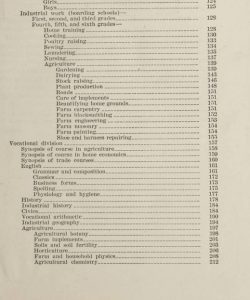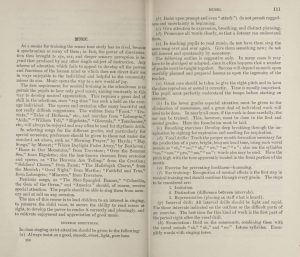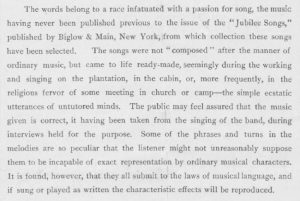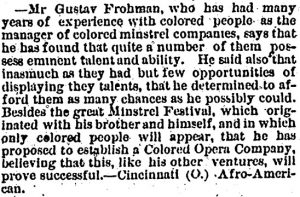As the black rights movement began to gain popularity in the mid-1900s, mainly due to burgeoning public awareness about unequal opportunities and treatment, music played an important role in creating a unique space to express emotion and build community. However, the people behind the music held a significant amount of power and influence, a reputation built up as they gained rapport. Especially as audiences were able to see more and more of their favorite performers, on television in interviews and sometimes in multiple forms of media (performing music and acting in movies, for example) an artist’s opinion often held great weight. Therefore, although one might not think of Frank Sinatra as someone fairly important to civil rights movements, primarily considering he was of Italian heritage, it turns out that his reach was more extensive than some people may think.
Frank Sinatra performed a great variety of genres over his long and extremely successful career of singing and performing, but in the 1940s and 50s he was known primarily as a crooner, or a male singer who sang in a smooth an intimate style. This was primarily enabled by the development of better microphones in the 1940s that could pick up a wider range of pitches and harmonics, and was popularized by big bands and jazz vocalists. Frank Sinatra had a significant amount of contact with different jazz groups, singing in the Harry James and Tommy Dorsey bands, before becoming a solo artist as World War 2 rolled around, however it should be noted that both bands were composed almost entirely of white men playing jazz, with few actual black performers.
Despite him not singing with any major black ensembles of the time, nor significantly collaborating with black artists, Sinatra was a tremendous advocate for racial equality. In 1945, he sang at the anti-black strike at the Froebel high school in Gary, Indiana, where he, according to one article in the Chicago Defender, “told the teen-agers to ‘kick out’ the adult instigators.”1 Ironically, Sinatra was also passing up the chance to attend a New York rally honoring him for racial tolerance in order to sing in Gary. He also spoke with students and adults of the school and urged them to study the Springfield Plan, which was a historic plan first implemented in the primary school system of Springfield, Massachusetts, and served to define how multiracial schooling should be established throughout the United States.
Even though Sinatra was unsuccessful at ending the strike, his attendance at the event was noted and the school even reported that student attendance increased following his visit, even though the strike continued. Hilariously, the principal of Froebel, according to the article, “indicated that he believed the singer should have been ‘tolerant’ towards the anti-Negro strike leaders.”2 This serves as a small example that, regardless of background, there were those who were trying to use their influence and fame to foster tolerance and equality.
Works Cited:
1 RICHARD DURHAM Defender, Staff Correspondent. 1945. “Frank Sinatra Fails To Break Gary Hate Strike: Talk, Songs Win Applause But Walkout Still On Crooner Introduced By Negro Youth At Big Rally Of 5,000 ‘THE VOICE’ BLASTS GARY HATE STRIKE.” The Chicago Defender (National edition) (1921-1967), Nov 10. https://www.proquest.com/historical-newspapers/frank-sinatra-fails-break-gary-hate-strike/docview/492782477/se-2.
2 Ibid.






